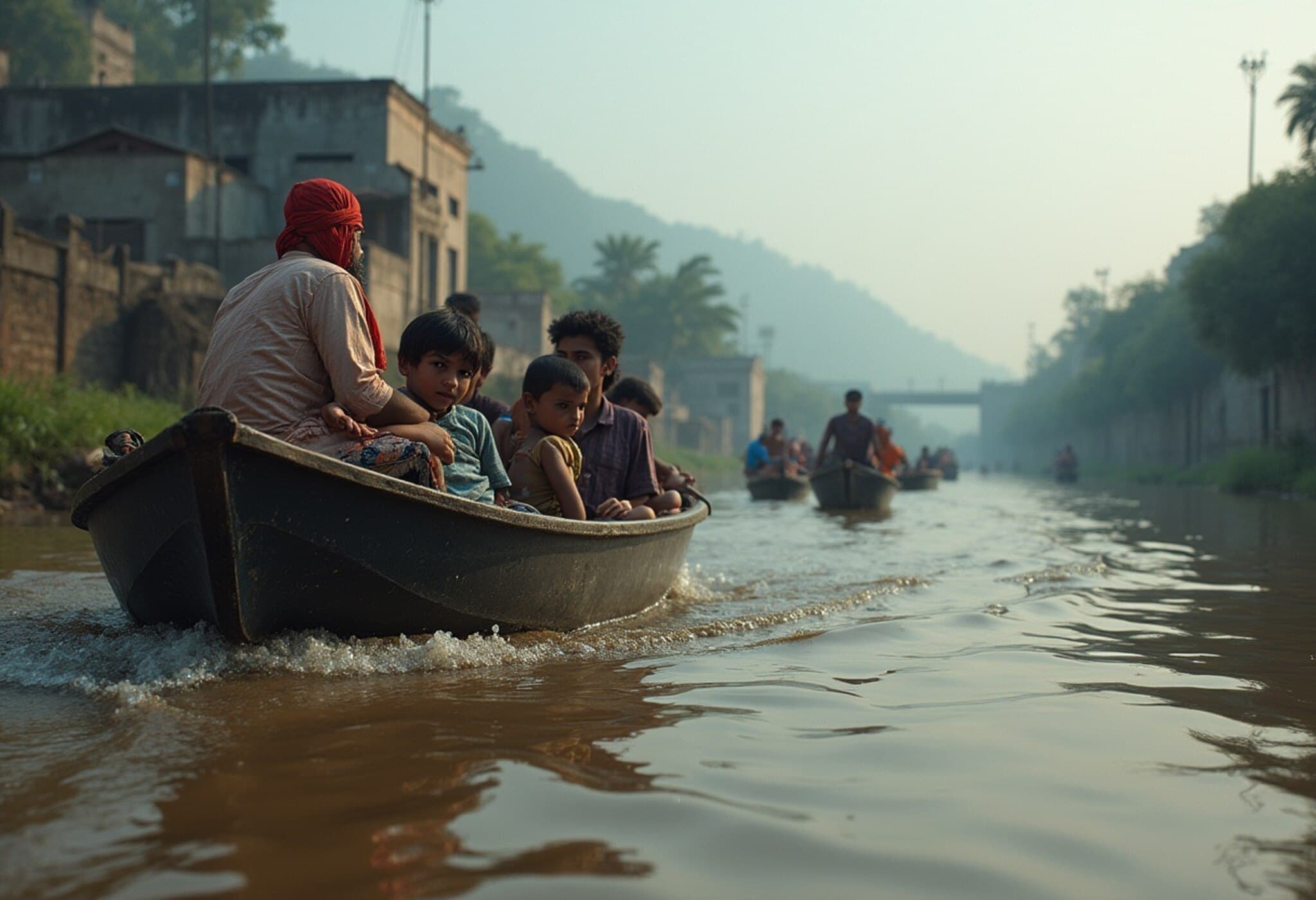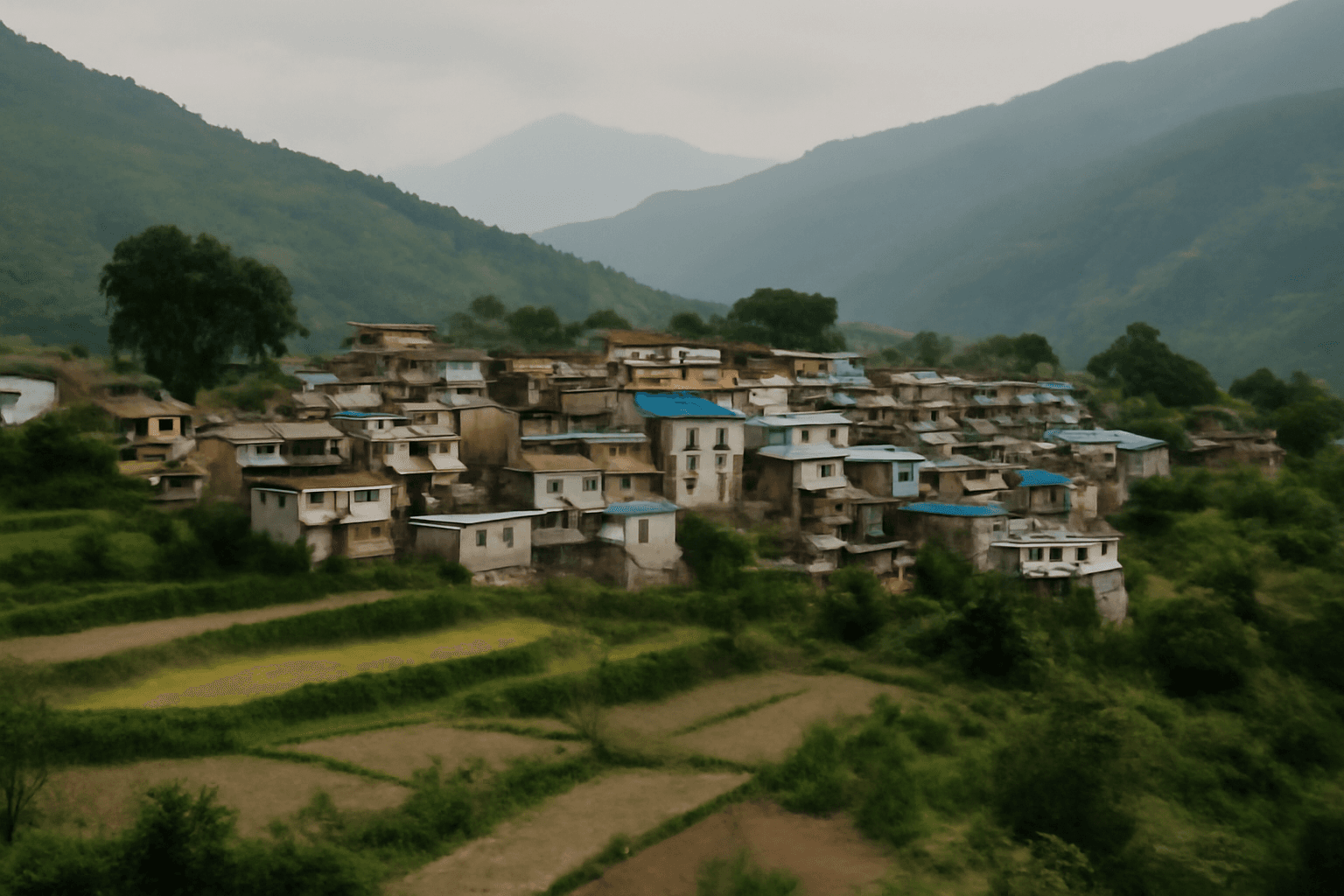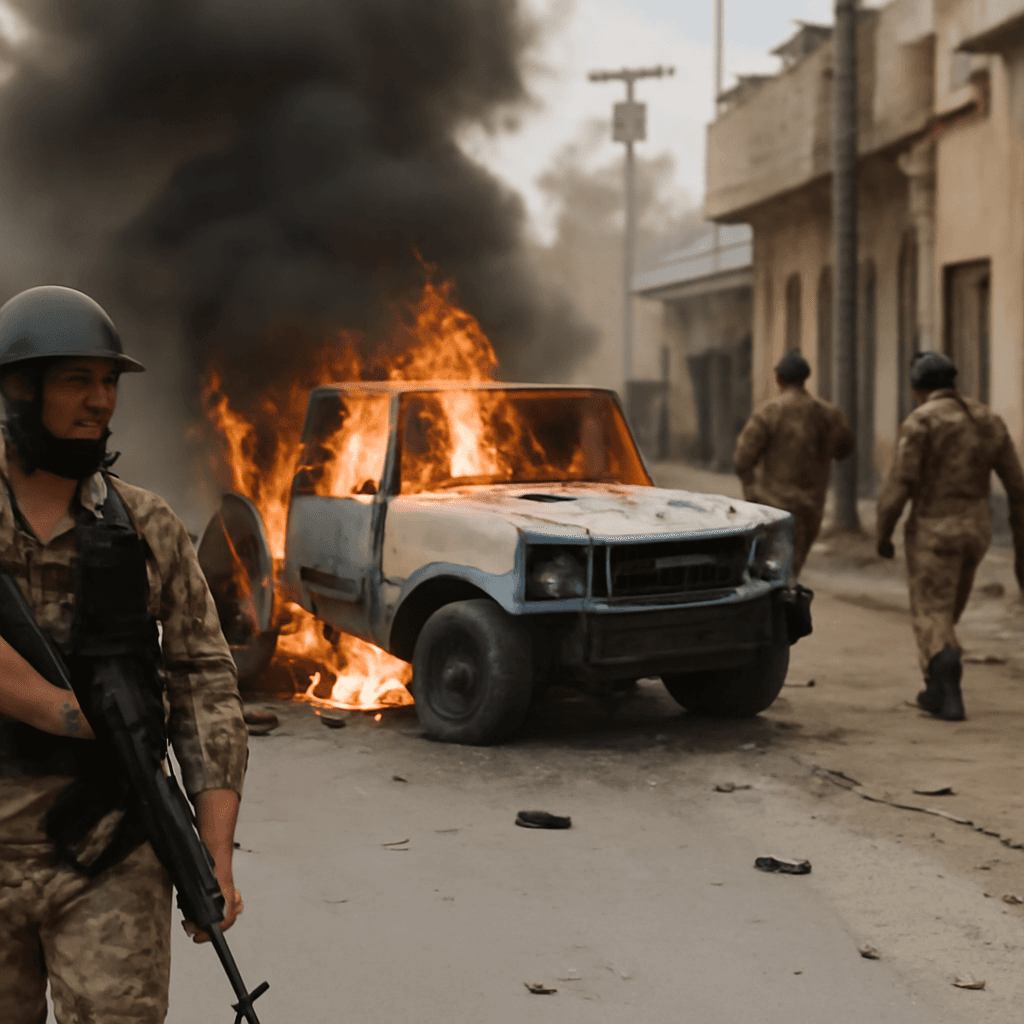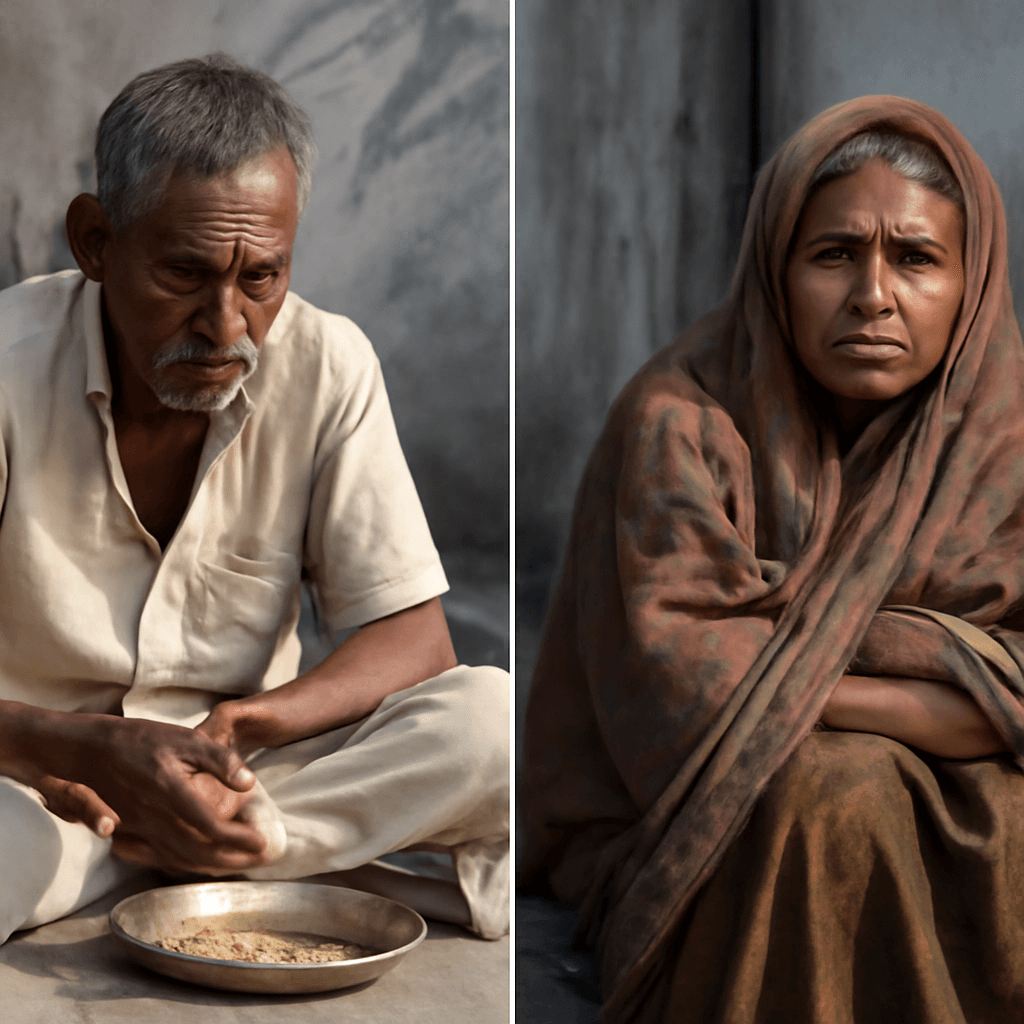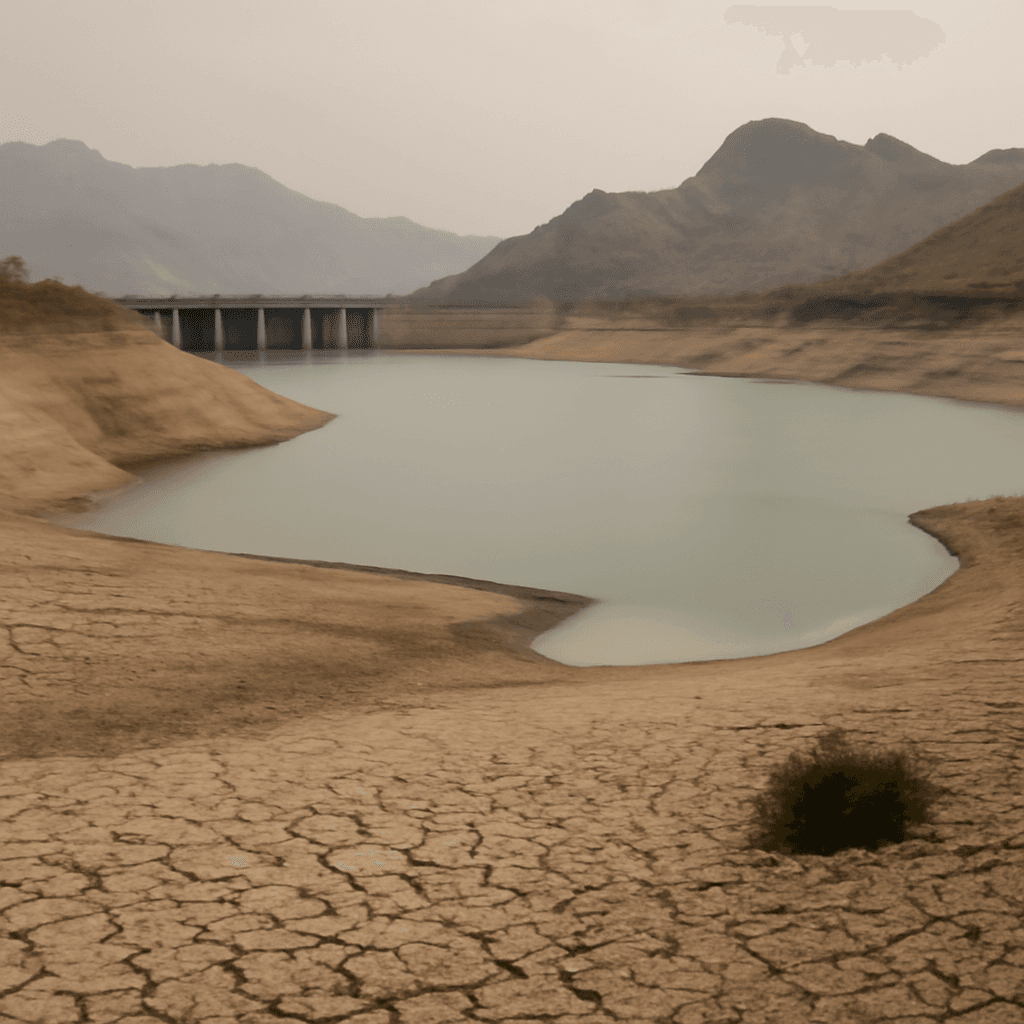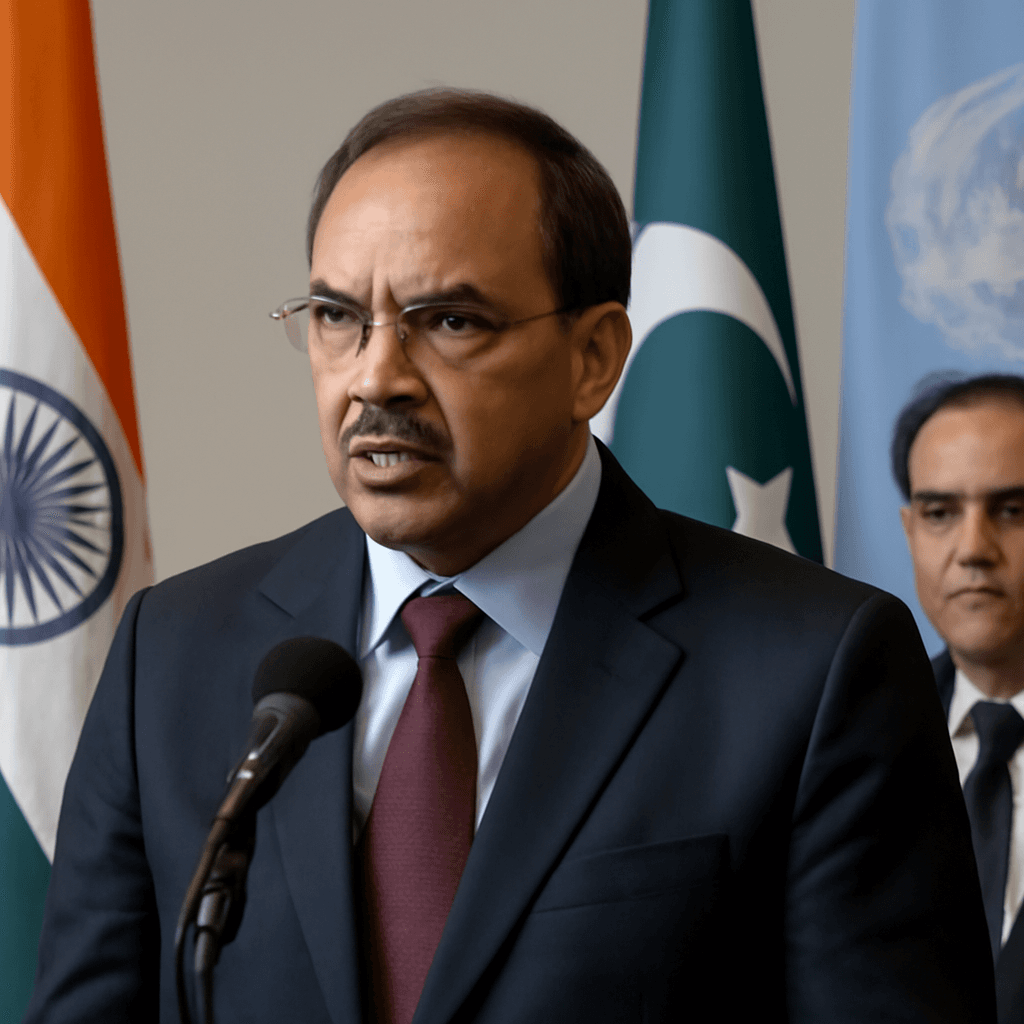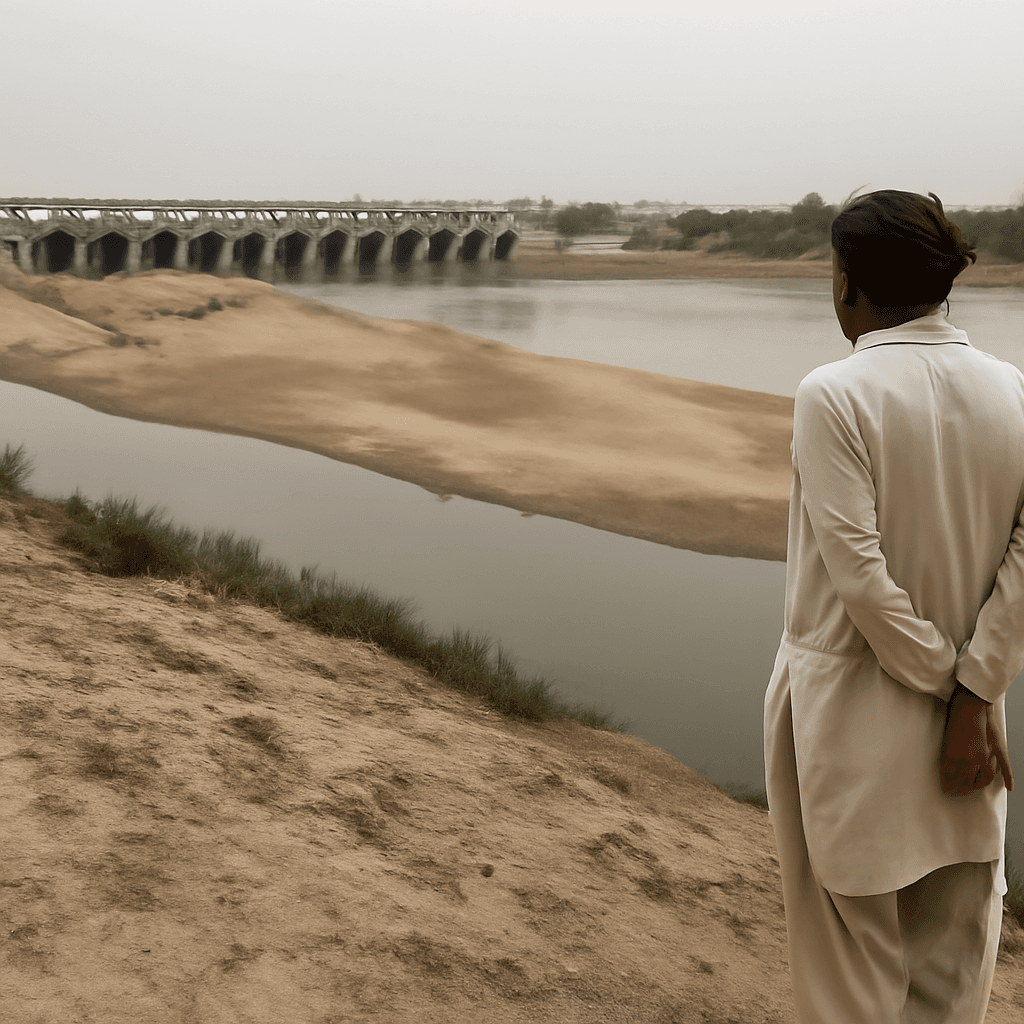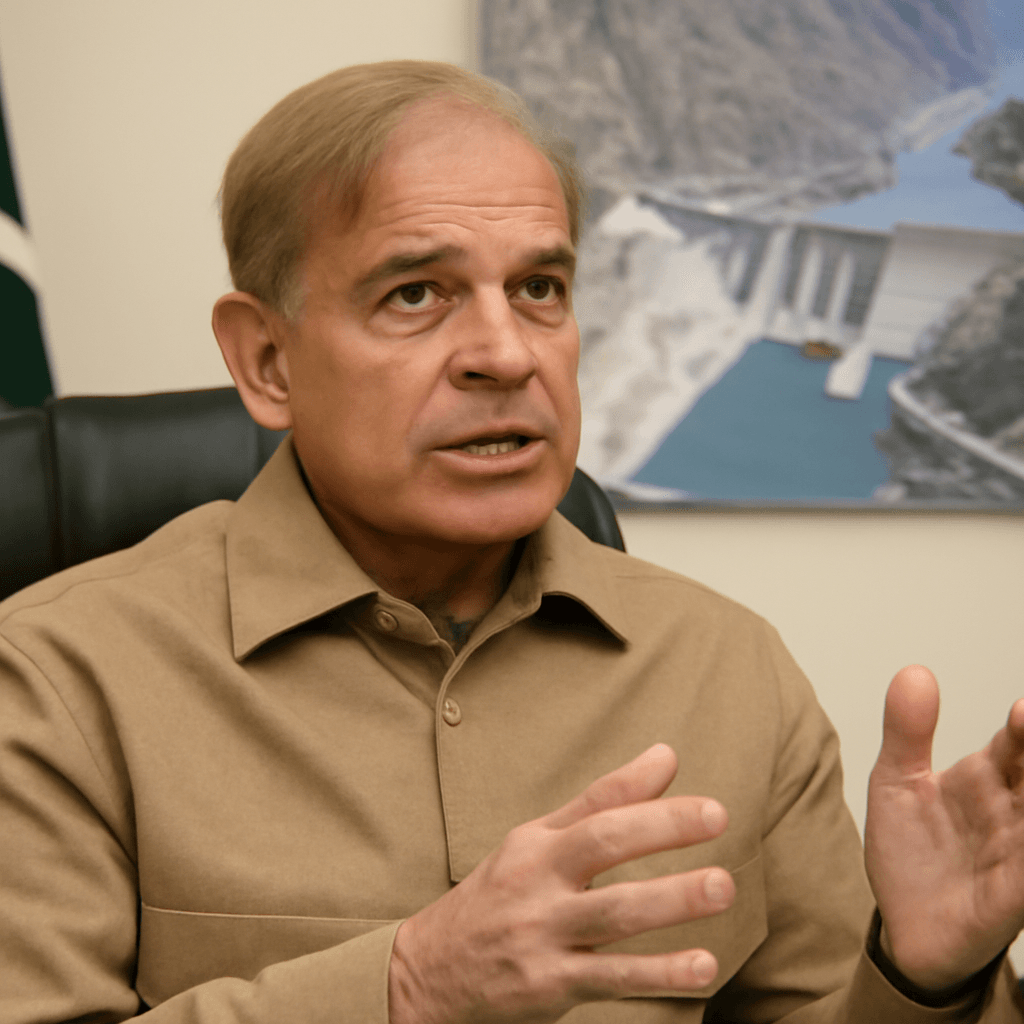Massive Evacuations in Pakistan's Punjab Following India’s Flood Alert
In response to India’s announcement that it would release excess water from a dam due to rising reservoir levels, Pakistan has undertaken a large-scale evacuation affecting at least 150,000 residents around its most significant agricultural rivers. This development underscores the escalating human toll as both countries grapple with severe monsoon flooding linked to climate shifts and regional tensions.
Urgency Builds Amid Rising Waters
The National Disaster Management Authority (NDMA) of Pakistan reported that evacuations commenced ahead of India’s latest warning, which was communicated through diplomatic channels on August 25. The affected areas cluster along the Ravi, Sutlej, and Chenab rivers—vital water sources flowing from India into Pakistan's fertile Punjab province, often called the country’s "breadbasket." As floodwaters threaten crops and homes, officials have mobilized the military to assist in relocating vulnerable populations.
At least 35,000 people left voluntarily in response to earlier warnings issued since mid-August. The ongoing evacuations now include thousands more moving from low-lying villages and border towns, with relief camps set up to provide essentials such as food, medical care, and sanitation facilities.
Regional Climate Dynamics and Cross-Border Strains
Experts point to an alarming increase in the intensity and frequency of monsoon rains, compounded by glacial melt in northern Pakistan, as a driver of this year's devastating floods. Punjab’s Irrigation Minister, Kazim Raza Pirzada, explicitly connected these extreme weather events to climate change, noting how eastern rivers are now swelling beyond historical norms.
This natural calamity is unfolding amidst heightened geopolitical tensions. Since a brief but intense military conflict in May—the worst in decades—strains between India and Pakistan have magnified, especially after India suspended the Indus Waters Treaty citing security concerns connected to a recent Kashmir attack. Pakistan has denied involvement, while water management and disaster responses remain politically delicate.
Expert Insight: Navigating the Complex Water Conflict
Water sharing between India and Pakistan has long been managed under the Indus Waters Treaty, a rare example of cooperation. However, the recent suspension and India’s unilateral decisions on dam water releases bring the treaty’s status and efficacy into question. Climate change adds urgency—faster glacier melting and unpredictable monsoon patterns threaten to disrupt the river systems that both nations rely on heavily for agriculture and livelihoods.
Policy analysts argue that beyond emergency evacuations, sustainable cross-border water management and climate resilience strategies are paramount. Failure to coordinate can exacerbate humanitarian crises and inflame political conflicts, especially in a region already marked by deep-seated mistrust.
The Human Face: Stories from the Flooded Heartland
In Pasrur city near the Indian border, Deputy Commissioner Saba Asghar Ali spoke of 16 villages at imminent risk of flooding. Thousands of residents face dislocation, while livestock—an essential asset for rural economies—also require urgent relocation. Local authorities, often under-resourced, strive to ensure food, medicine, and sanitation needs are met in relief camps, but challenges persist as rains continue.
For farmers and families in Punjab, these floods not only threaten immediate safety but jeopardize sowing seasons and food security. The emotional toll of displacement adds to economic uncertainties, compounding pressure on already vulnerable communities.
Looking Ahead: Questions for Policy and Preparedness
- How will Pakistan and India manage future water releases in a context of climate variability and political tension?
- What role can international mediation play to preserve the Indus Waters Treaty or establish new frameworks?
- How can investment in early-warning systems and infrastructure mitigate such disasters in heavily populated agricultural zones?
- What are the environmental and social costs of intensified monsoon flooding in the wider South Asian region?
As both nations confront immediate humanitarian needs, long-term strategies blending diplomacy, science, and community resilience are urgently needed to prevent recurring crises on the world's most contested rivers.

